This is an update from a Post I did in 2015, brought about today by my re-organising and relocating my watch storage ideas – and as I saw it, thought I’d check it over. Always worth checking for any errors or incorrect info made at the time, and update on it’s condition and any other images I have, I can add.
Occasionally I visit Antique Fairs, mostly as an accompaniment to my Wife who’s into Art Deco, so I take the opportunity to seek out any Watch sellers that happen to be there.
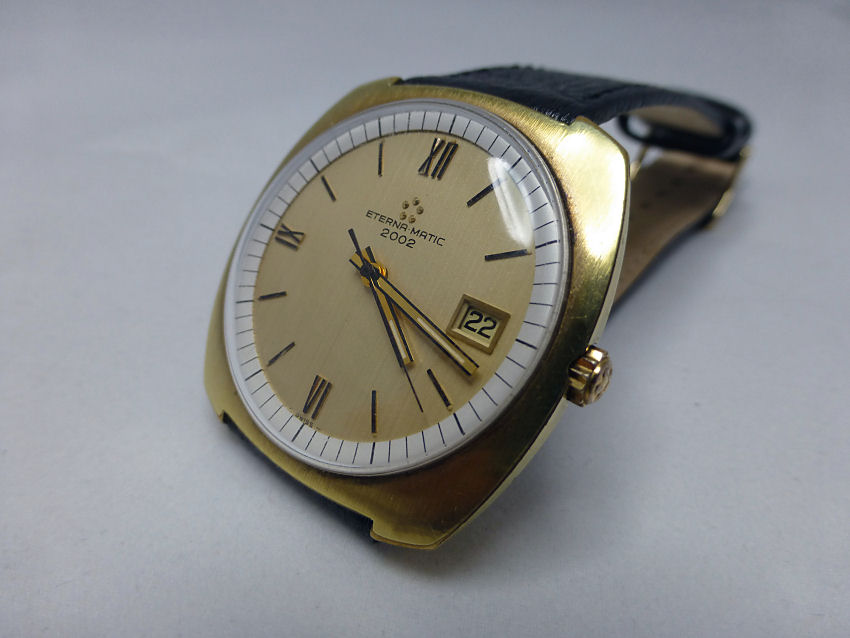
Anyway, trawling around the Fair and in amongst the “house clearance” stuff and quite a few watches that obviously lived their lives in boxes full of old nails, I did come across a guy who actually had some decent stuff. His prices were the sort of prices I understand – he’s a watch guy – say no more! and we got on.
Quite a few decent models there too, from Jaeger LeCoultre to Omega to Rolex and so on, but the one that caught my eye was this lovely super condition Eterna·Matic 2002 from 1973. It simply stood out as one of those very good but understated Brands and this one as good today as the day it was produced. The case is that lovely cushion/tonneau shaped ’70s style and in really good condition with no corrosion or plating loss.

The excellent mechanical movement is the Calibre 12824 or (ETA 2824) automatic date, which beats along at a very smooth 28,800 a/h frequency. The description “sweep” seconds hand really does apply here.
The serial number is scribed on the movement, as is the Eterna·Matic name, Brevet Swiss (Swiss patented). The movement condition is also excellent, the rotor sweet and smooth and the watch dial is something to be very pleased about. The watch back is screwed stainless steel with an intact near perfect condition rubber gasket seal and engraved case number.
Approximately 38 mm wide (39 mm including the semi-recessed Crown) by 37 mm lug to lug and the wrist shot is self evident – pretty much perfect. The Crown is part shrouded by the neat underside chamfered shaping of the case and a slight indent on the top/side of the case.
The dial is really good – the gold hands and baton markers crisp and clear, the dial’s vertical brushed Gold texture background and wonderfully light contrasting outer index a total delight and all original. Note the Crown – is topped with the 5 protruding balls logo and matches the dial logo. The strap is a 19 mm wide non-original (the old one was done) Condor in a soft flexible Buffalo Calf which matches up very nicely.
Watch dimensions – just about ideal for me or indeed anybody today despite the penchant for large watches, this just fits perfectly.
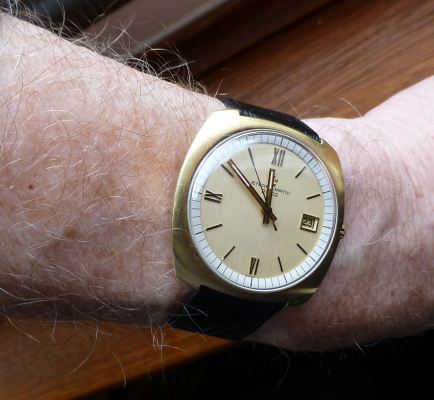
The watch functions smoothly, the date change crisp and the date wheel is in perfect condition and it is one very accurate movement, as was intended.
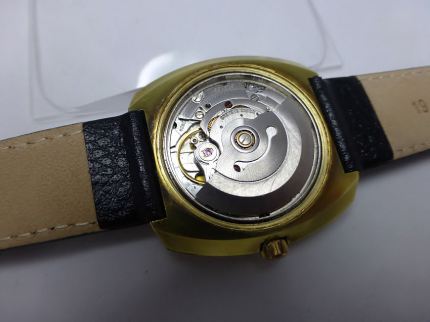
Interesting model this as it started off life in 1972 (Eterna have been around sine 1856) and it was with this Eterna·Matic named model that the Company re-introduced itself to the world.
It was a bit of a revelation in the Watch Industry as it was the first watch to wind itself automatically by means of ball bearings – self polishing too, which reduced friction losses considerably and as a result produced a remarkably accurate movement. They even offered a Ladies model with the same set up – and that was something really new.

And so here it is in 2024 after 51 years and looking great! – now that has to be quality. And as to value? Well let’s just say that I was VERY pleased at the time I bought it. . . .
This is not the first Eterna·Matic in my collection – and it won’t be the last, I’m sure.
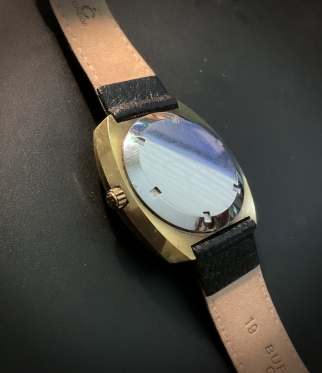
Note –As a brand Eterna today is often forgotten about by the mainstream, which is an oversight in my opinion as their range of models are both technically interesting and varied.
Models such as the Adventic which features the Eterna in-house Calibre 3843 with their Eterna Spherodrive mechanism (ball bearing mounted barrel) or the hand wound Madison big date (one of my favourites), which features an 8 day Calibre 3510 with a serially coupled pair of spring barrels working in tandem to deliver 192 hours of power thanks to that Spherodrive system. This is a hand wound model that only requires to be wound 3 times a month!
So plenty of innovation from Eterna and certainly should always be a consideration if looking for a more individual watch today. I hope to run a Post at some point on the range of models currently available
Note – The original Post is still on the main Posts section, but as I’ve now updated it, I’ll delete it from there. There is a copy of the Post in the Vintage gents section and I’ll update that one with this update as I go along.



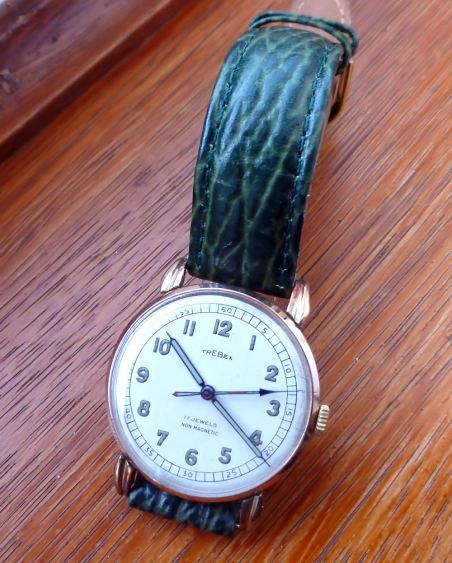
























You must be logged in to post a comment.